Market Share
Particulate Matter Monitoring Market Share Analysis
In the fiercely competitive landscape of the Particulate Matter Monitoring Market, companies employ various market share positioning strategies to establish and strengthen their presence. One key strategy is product differentiation, where companies focus on offering unique and innovative monitoring solutions that set them apart from competitors. This approach involves developing advanced technologies, incorporating cutting-edge features, and ensuring superior performance to meet the diverse needs of industries and regulatory requirements. By providing a distinct value proposition, companies can attract customers seeking specialized and effective particulate matter monitoring solutions.
Market penetration is another crucial strategy adopted by players in the Particulate Matter Monitoring Market. This involves intensifying efforts to increase market share within existing markets. Companies may achieve this by expanding their distribution networks, reaching out to new customer segments, and enhancing their brand visibility. Market penetration strategies often involve competitive pricing, promotional activities, and effective communication to convince existing customers and potential clients of the superiority of their monitoring products.
Strategic partnerships and collaborations play a pivotal role in market share positioning within the Particulate Matter Monitoring Market. Companies may enter into alliances with sensor technology providers, data analytics firms, or environmental agencies to enhance the capabilities of their monitoring solutions. By leveraging the expertise and resources of strategic partners, companies can offer more comprehensive and integrated solutions, catering to a wider range of applications and industries. Strategic collaborations can also facilitate access to new markets and customer segments, contributing to overall market share growth.
Geographic expansion is a prominent strategy employed by companies to position themselves favorably in the Particulate Matter Monitoring Market. As air quality concerns become global, companies seek to establish a presence in different regions to capitalize on emerging opportunities. Expanding into new markets involves understanding regional regulations, adapting products to local needs, and establishing strong distribution channels. By strategically entering diverse geographic markets, companies can mitigate risks associated with regional economic fluctuations and gain a competitive advantage on a global scale.
Customer-centric strategies also play a crucial role in market share positioning. Understanding the specific needs and preferences of customers allows companies to tailor their particulate matter monitoring solutions accordingly. Providing excellent customer support, offering customization options, and ensuring ease of integration with existing systems are key elements of a customer-centric approach. Satisfied customers are more likely to become loyal advocates, contributing to positive word-of-mouth and enhanced market share.
Furthermore, continuous research and development are integral to market share positioning in the Particulate Matter Monitoring Market. Companies invest in ongoing innovation to stay ahead of the curve and address emerging challenges in air quality monitoring. This includes exploring new sensor technologies, improving data analytics capabilities, and incorporating artificial intelligence for more accurate and predictive monitoring. Proactive R&D efforts enable companies to maintain a competitive edge and position themselves as industry leaders in the rapidly evolving landscape of particulate matter monitoring.
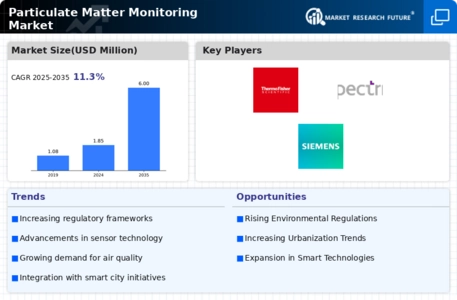

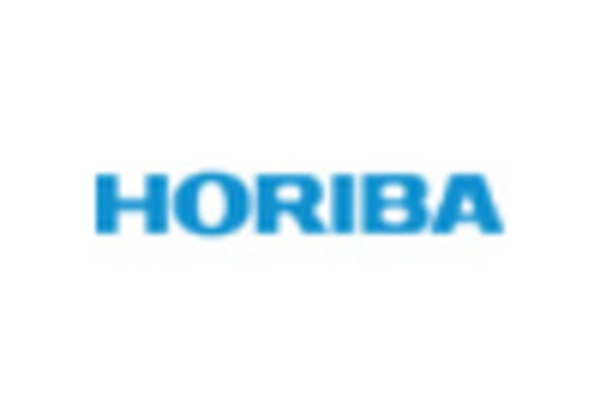

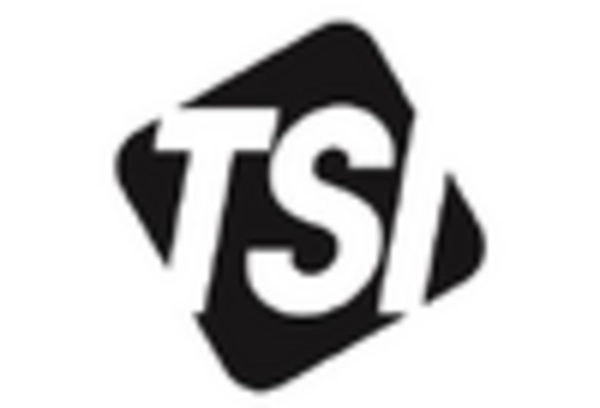
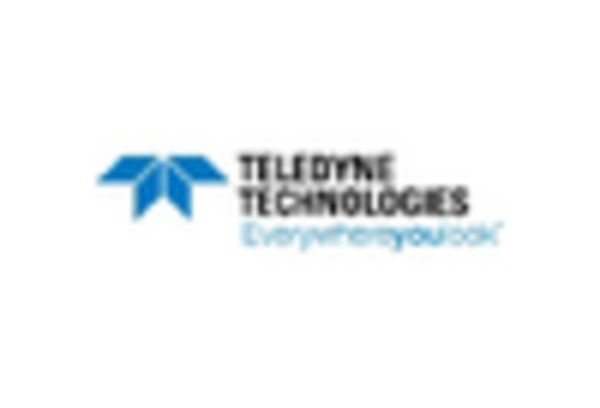
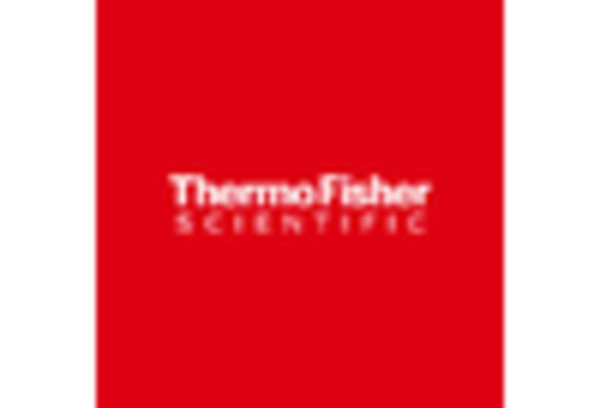









Leave a Comment